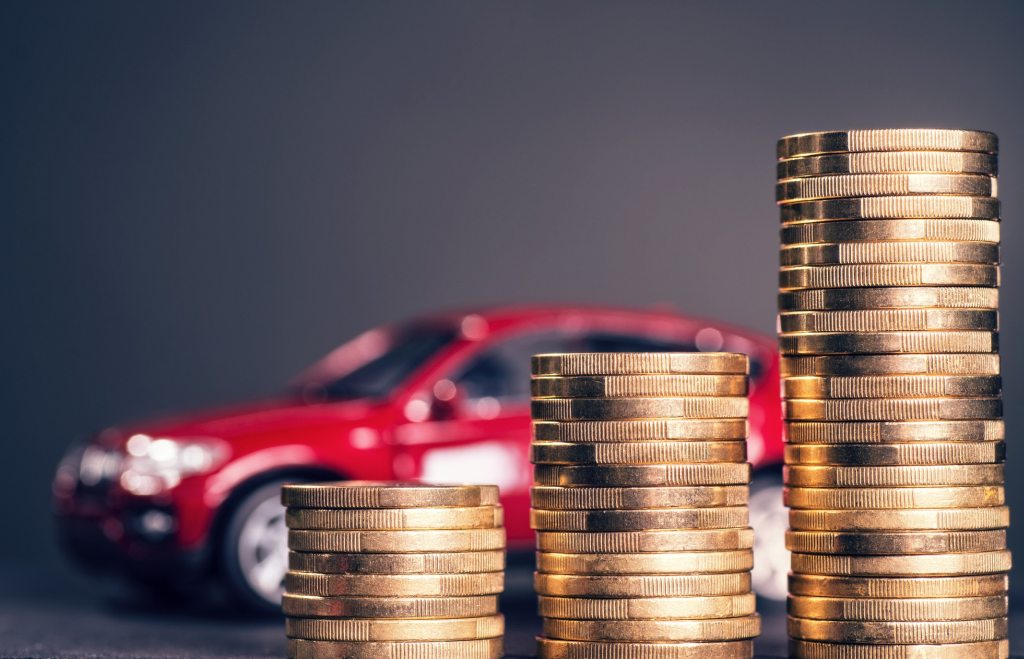Investigating market fluctuations, Rob Donaldson from Glass’s used car Editorial team, asks the question – when compared to retail price inflation, how have new and used car prices changed since the start of the Millennium?
Since 2000, the UK Retail Price Index (RPI) has risen on average 2.8% per year according to the Office for National Statistics (ONS) or 73.7% over 20 years (including 2.8% for 2020). Taking this RPI rate and apply

Source: Office for National Statistics
Over the years, cars have become an indispensable part of life. While traditionally car purchases are the second largest household expenditure after home purchases, is it also true that cars have become increasingly more expensive in pound note terms.
Taking four car models as test cases, all with three-year-old models available today and in the year 2000, the analysis creates a comparison looking at cost new and three year old trade values. The expected values in 2020 shown in the table below, for all test cases, are calculated using the RPI rates above.
- Audi A4
- Volkswagen Golf
- Vauxhall Corsa
- Porsche 911




As expected all four models show an increase in both cost new price and Glass’s Trade value over the twenty-year period. However, when examined more closely the price increases are at lower rates than the expected values based on the RPI.
The chart below shows the relevant percentage increase for both cost new prices and 3-year-old values using the older model as the base.

The chart shows the Audi A4 has the lowest increase in used trade value at under 20% whilst the Volkswagen Golf has highest at almost 60%. Regarding the cost new price, the Vauxhall Corsa has had the lowest percentage increase whilst again it is the Volkswagen Golf that has tracked RPI most closely.
Clearly it is difficult to compare different model generations solely on price alone, as every new iteration of each model improves on equipment, safety, style, reliability, power and economy. However, this analysis clearly underlines the theory that today’s cars, based on RPI increases, are unquestionably relatively less expensive than at the start of the millennium. This means that manufacturers are continuously reinventing their vehicles whilst finding new ways to deliver them at relatively lower prices. The simple conclusion that can be taken from this analysis is that cars continue to improve in the value for money stakes.

 Close
Close